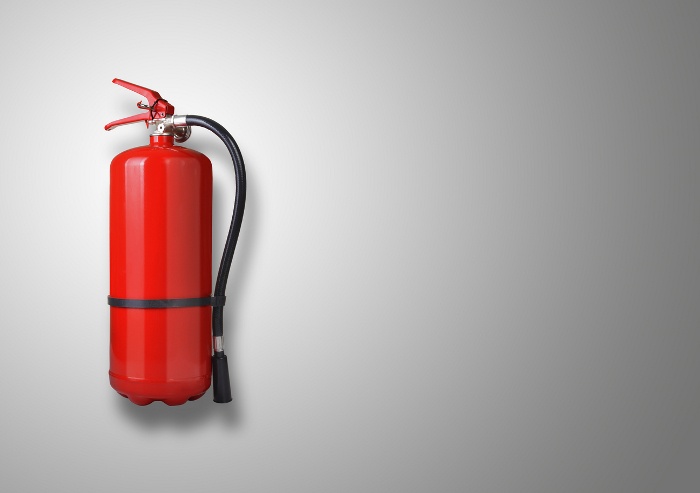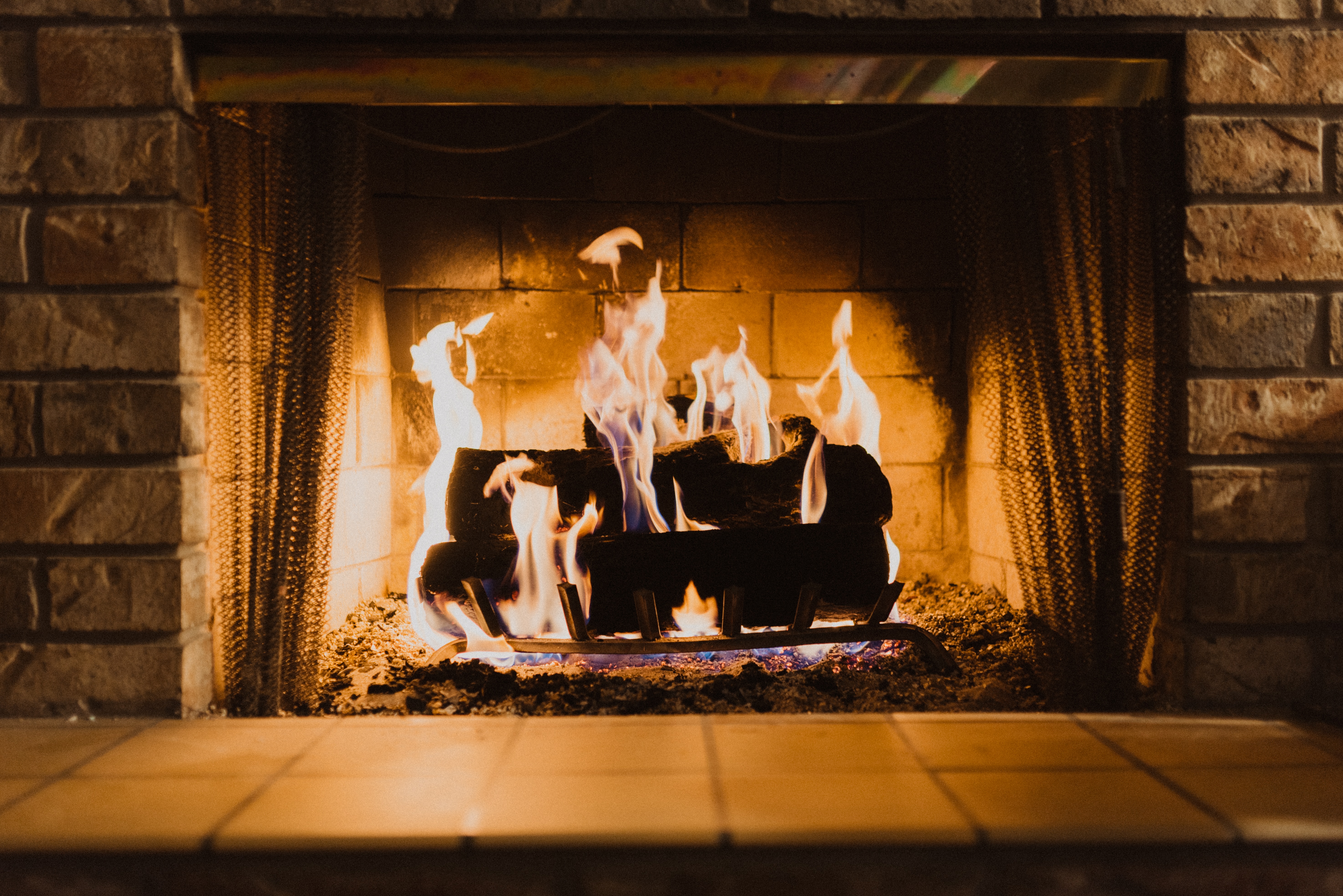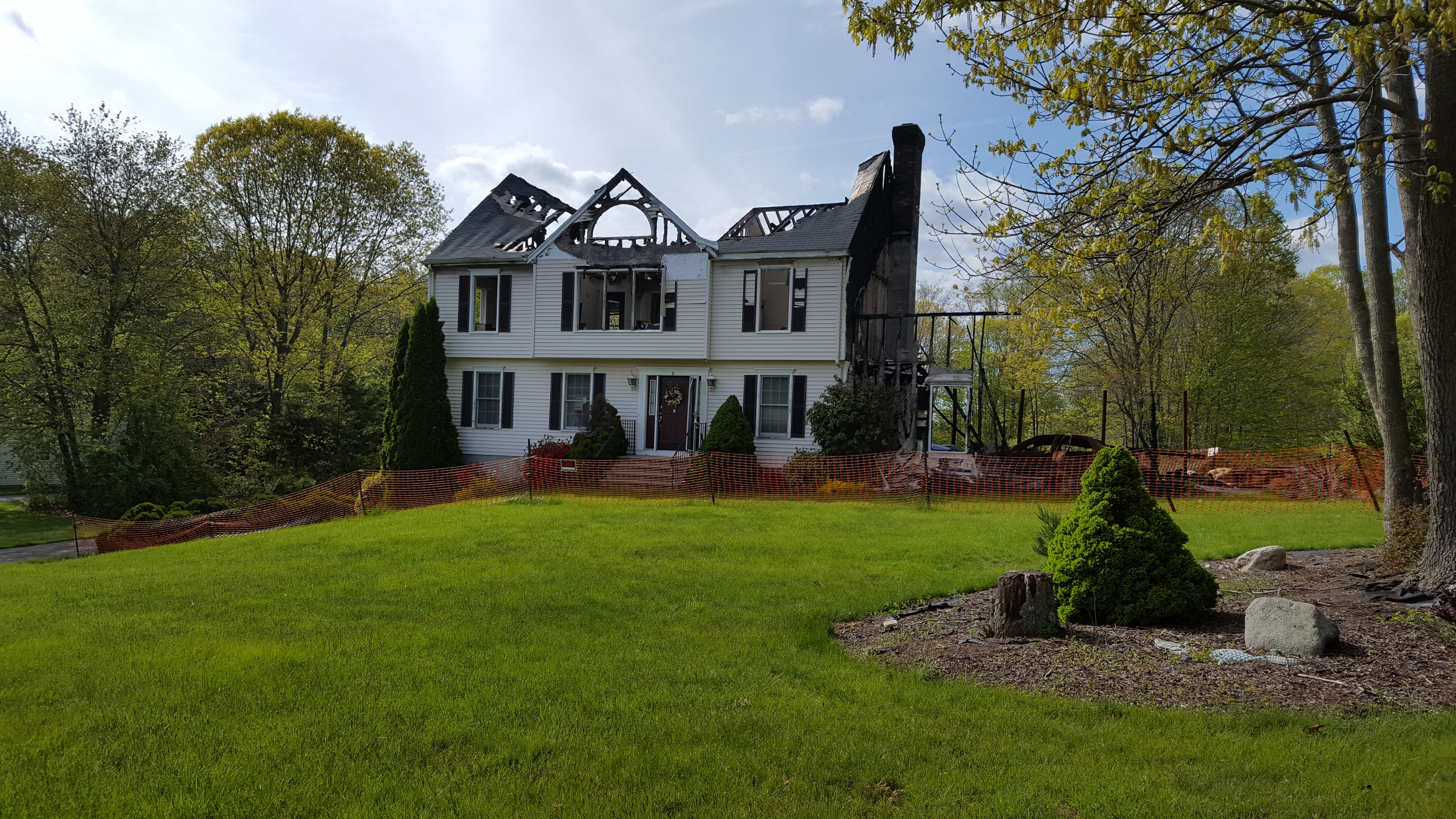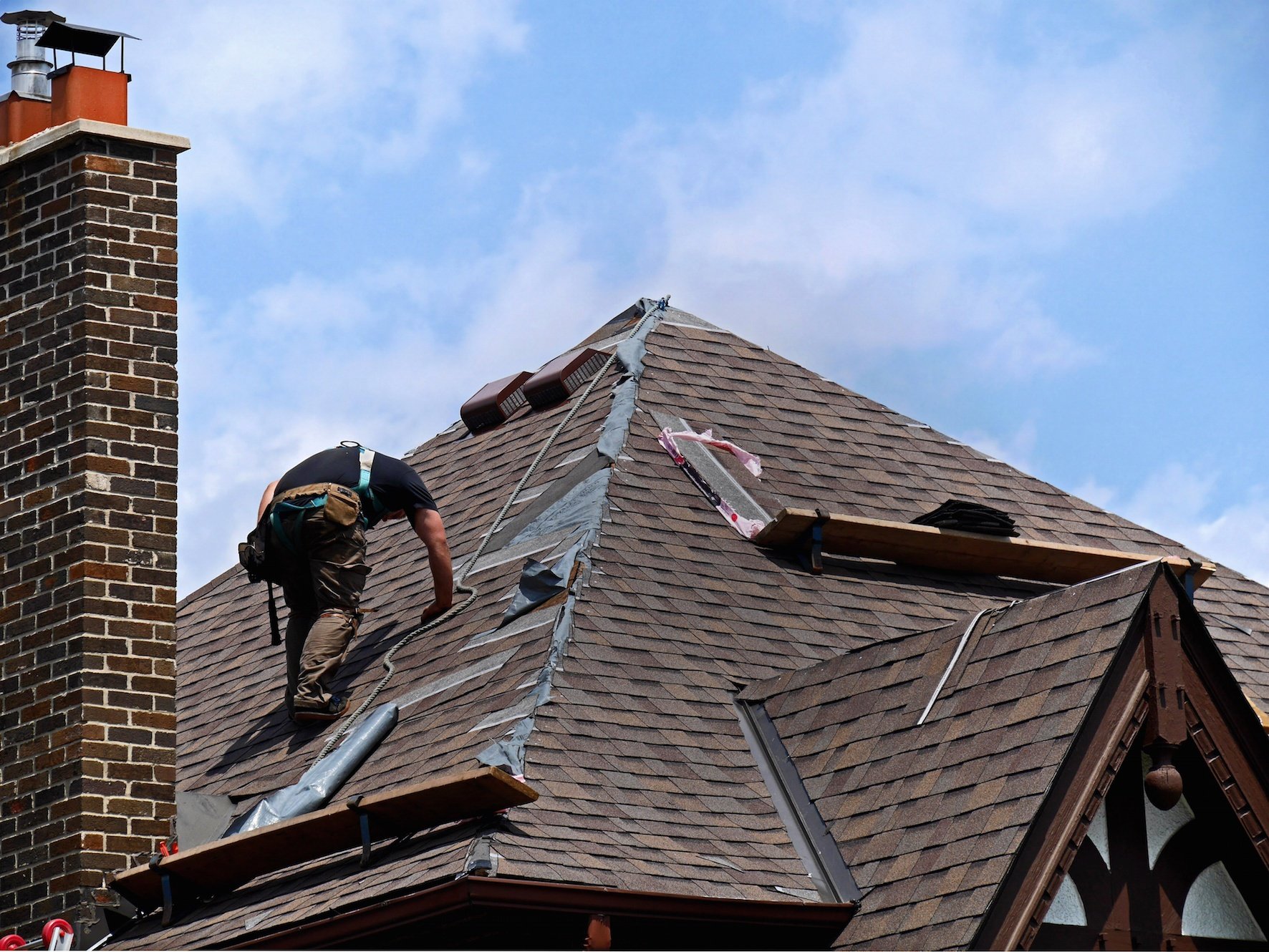Fire Proofing: How New Homes Are Made to Resist Fires
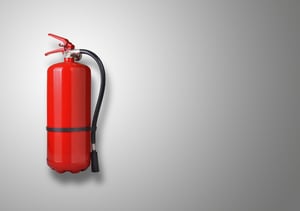 A house fire is high on the list of homeowner’s worst nightmares, and while it’s true that we can insure ourselves against the risk, most of us would rather avoid the problem altogether. Modern homes are built with that goal in mind, and there are several things that are done to protect your home from fire, including:
A house fire is high on the list of homeowner’s worst nightmares, and while it’s true that we can insure ourselves against the risk, most of us would rather avoid the problem altogether. Modern homes are built with that goal in mind, and there are several things that are done to protect your home from fire, including:
Sufficient Space Between Buildings
One of the most important things you can do when building a new home is to ensure that there’s sufficient space between your home and neighboring buildings, open lots or wooded areas. Fires spread quickly, but if you have expanses of lawns or paving between yourself and neighboring structures, it’s harder for them to jump across to your home.
Fire Resistant Roofing
Many home fires start when embers from another fire blow onto roofs, and the roof catches fire. Choosing roofing materials that are fire resistant, and ensuring that soffits and other elements of your roof are flame resistant, too, can help to reduce the likelihood of a fire.
Fire Resistant Building Materials
Fire resistant versions of nearly every type of building material have been developed, and many modern homes are built with everything from the studs outward treated with fire retardant chemicals. Some materials, like modern stucco and fiber cement siding, are naturally resistant to fire, and are a good choice for exterior cladding.
Windows Matter
Windows are often the first part of the home to fail, allowing flames from outside in. Studies have shown that the best solution for making windows flame and heat resistant is to use double glazed windows, and to make the external glass tempered, to help prevent cracking or shattering from ambient heat.
Fire Resistant Decks and Fences
Another common area for fires to start or spread outside the home is the fence or deck. If these are built from ordinary wooden boards, particularly if they are slightly weathered, they will be very flammable and dangerous. There are newer, composite materials that are fire resistant, and will slow down burning long enough for emergency services to hopefully put them out.
Fire Fighting and Alarms
There’s no way to prevent fires from starting, whether outside or inside your home, but there are methods that can be used to help put them out when they do. Here are a few good ideas:
- Make sure that there are enough fire alarms in your home. At least one or two per floor is a good idea, and place them near areas that are likely to be the starting point for fires, like kitchens or living rooms with wood burning stoves.
- Set a schedule to change batteries in fire alarms, or consider hard wired units.
- Purchase fire extinguishers for your home. Again, one per floor is ideal, and make sure that they are serviced regularly, and that your family knows how to use them.
- Have a fire evacuation plan, and practice with your family.
- If fire is a concern, consider installing a home fire sprinkler system in your residence. Many have “smart” sprinklers that activate only one unit, closest to the source of the fire, to minimize water damage.
- A sprinkler system on your roof can also be useful, if a fire starts outside. These are usually DIY systems, but there are a few commercial options out there.
Fire is one of those things that most people never expect, but they are more common than you think. Spend some time while building your home thinking about fires, and implementing strategies to prevent them.

